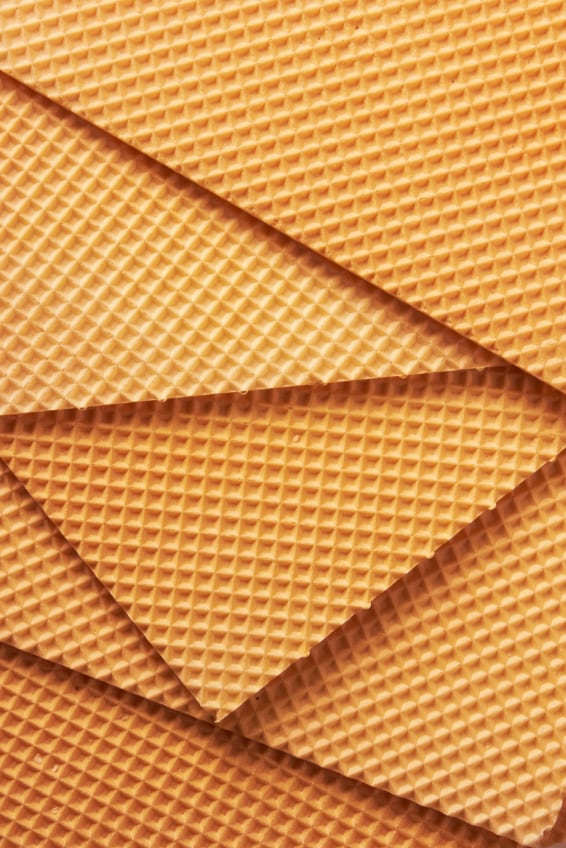Twelve weeks of supplementation with the yellow pea fiber (‘Best’ Pea Fiber, Best Cooking Pulses Inc.) resulted in an average body weight loss of 0.87 kg, compared to an average increase in the placebo group of 0.4 kg, according to data published in Clinical Nutrition.
In addition, the pea fiber group also consumed 16% less energy during a follow-up lunch buffet, compared with no change in the placebo group.
“Our findings demonstrate that consumption of a moderate dose of yellow pea fiber (15 g/d) by free-living overweight and obese adults corresponds to small but significant improvements in body fat and glucose tolerance,” wrote researchers from University of Calgary, Mount Royal University, and Alberta Agriculture and Rural Development.
“Although rodent studies have demonstrated changes in gut microbiota, most notably the Clostridiales, with yellow pea fiber, we were unable to detect any significant changes in microbiota at the dose tested. This suggests that the metabolic benefits of pea fiber may occur independently of microbial changes and instead via reductions in energy intake.”
Timely
Commenting on the study’s findings, Margaret Hughes, VP, Sales and Marketing for Best Cooking Pulses, said the study’s findings were timely.
“Pulses and pulse flours are a smart addition to any diet,” she told us. “A low-fat source of protein, fiber, vitamins and minerals, pulses support a healthy diet and help prevent diet-related illnesses like diabetes and heart disease. By increasing satiety, pulses can also assist with weight management. People who struggle to manage their weight on a daily basis now have another healthy food option.
“The simple addition of pea hull fiber wafers to their diet can not only halt the gradual increase in body weight, but also result in significant weight loss. Reassuringly, the weight loss is due to a decrease in body fat, without any loss of muscle. These research findings could not be more timely, as the United Nations International Year of Pulses begins.”
Study details

The Canada-based researchers recruited 50 men and women with an average age of 44 and an average BMI of 32.9 kg/m2 to participate in their study. Participants were assigned to receive isocaloric doses of placebo or pea fiber wafers. No other lifestyle changes were required.
After 12 weeks of supplementation, the results showed that the pea fiber group lost more body weight than placebo, and this was mostly due to body fat (0.74 kg).
“In contrast to previous reports, we found a modest but significant effect of pea fiber on body weight reduction,” wrote the researchers. “While the magnitude of weight loss is small, the simple addition of fiber-rich wafers to the free-living diet in subjects (who were instructed not to consciously change other behaviors) appeared to halt the slow but progressive increase in body weight that typically occurs over time. Importantly, body weight reduction occurred largely due to loss of body fat, while lean mass did not change.”
“This is somewhat unexpected, but positive given that weight loss typically involves loss of both fat and lean mass; interestingly, previous studies using other fiber types have also observed a relative “sparing” of lean mass in the midst of weight loss in animals and humans,” they added.
Commenting on the potential mechanism, the researchers proposed that this may be linked to improvements in insulin sensitivity or beneficial effects on gene expression related to fat oxidation.
Results from an oral glucose tolerance test (OGTT) also indicated that blood sugar levels were lower in the pea fiber group, compared to placebo. While insulin levels increased in both groups, the increase in the placebo group was lower in the placebo group.
“The data suggests that products containing yellow pea fiber are well-received and easy to incorporate into daily food intake, and thus show promise as a tool within the context of an overall weight reduction and/or management program.
“Further investigations should examine the efficacy of pea fiber on body weight, metabolic health, and gut microbial composition when dosage is increased and/or when combined with other nutrients in a focused intervention.”
The study was funded by Alberta Innovates Bio Solutions, Alberta Innovates Health Solutions and Alberta Pulse Growers Commission.
Source: Clinical Nutrition
Published online ahead of print, doi: 10.1016/j.clnu.2015.12.016
“Consuming yellow pea fiber reduces voluntary energy intake and body fat in overweight/obese adults in a 12-week randomized controlled trial”
Authors: J.E. Lambert, et al.

